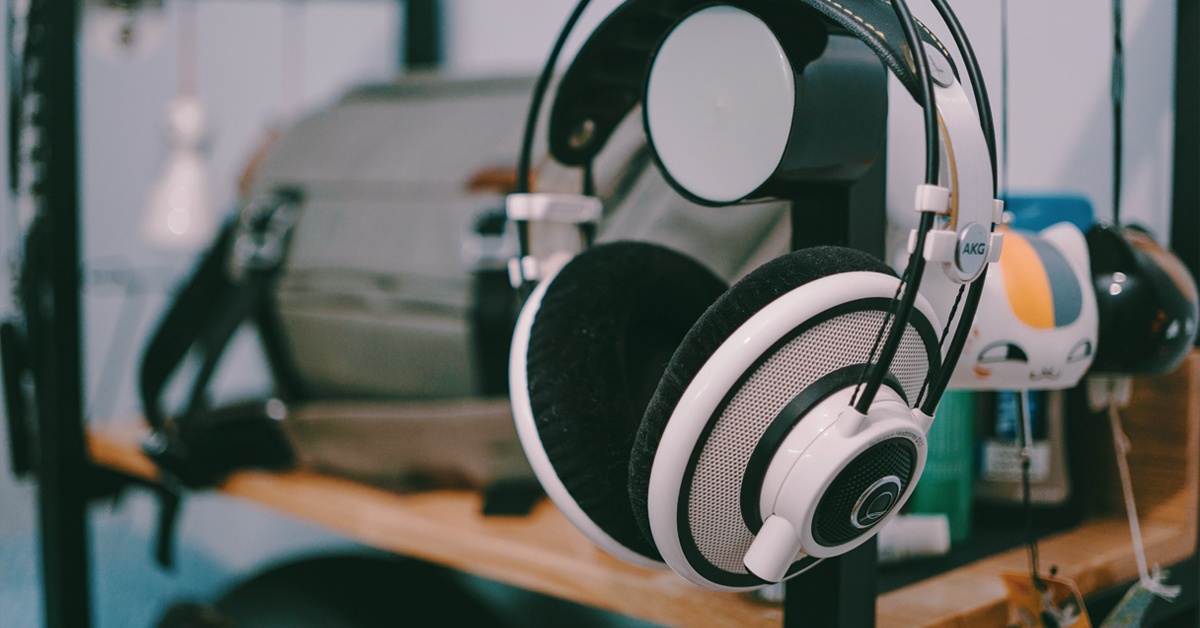
Sound Design: How What You Hear Improves What You See
As people who live in a world enveloped by sound, we know how things should sound. Therefore, it is our job as sound designers to make sure the videos we produce sound as full and as real as possible. I feel like I should say “sound” one more time. Sound.
We work in an industry often dominated by visuals, which means audio usually takes the back seat.
As a result, soundscapes will most likely have to be enhanced or perhaps even recreated. We recently produced a series of spots for the Oklahoma Highway Safety Office about the dangers motorcyclists face on the road every day. This shoot had lots of fun camera gear, but no way to capture audio. Even though the spots feature fun motion graphics with cool sound effects, we also needed to add sounds that would have occurred during recording. What would the different vehicles sound like? Are the roads in good shape, or could they use some repair? These details need to be taken into account. It’s something that may go unnoticed, but like all editing, being invisible is almost always the goal.
At VI, we also create many fully animated videos that require a soundscape built from the ground up. These jobs can be a lot of fun to work on, and we usually have to play a game of Rock, Paper, Scissors to determine who gets to work on them. Take this Peak Performers video we did for the Public Service Company of Oklahoma.
In addition to the obvious elements like music, voice over and over-the-top sound effects, we needed sounds for the basic real world stuff like traffic, footsteps and more. Once we have all of our sound needs listed, we search through sound effects libraries, and sometimes record sounds that simply don’t exist in any library available (like the one time we “shocked” a toy horse with an “electrostatic generator”). It’s crucial to mix the sound levels accordingly. Again, our goal is to be invisible. Overdoing the sound can distract the viewer and potentially lead to missing the message.

Finally, the other key component of good sound design is knowing when not to add any sound at all.
Just because you can doesn’t mean you should. Similar to mixing sounds in too loudly, adding sound effects when they aren’t necessary can totally kill the vibe and distract the viewer. We’re so bombarded by sounds in everyday life, sometimes the best approach to sound design is to remove it all together. In a blog post I wrote last year about my favorite Super Bowl spot of all time, I discuss a spot for FedEx that was completely silent except for the sound of room tone. This absence of sound commanded attention because in an event that is wall-to-wall sound, it offered silence.
As you can see (and hear), there are many different ways sound design can enhance, or even shape a video. What’s the right approach for your video? Perhaps the more important question is, if a tree falls in the woods and somebody makes a video about it but forgets to do a sound design pass, does it still make a sound?
Check out the sound design (squishy grapes) on this episode of Grape Marketing.








